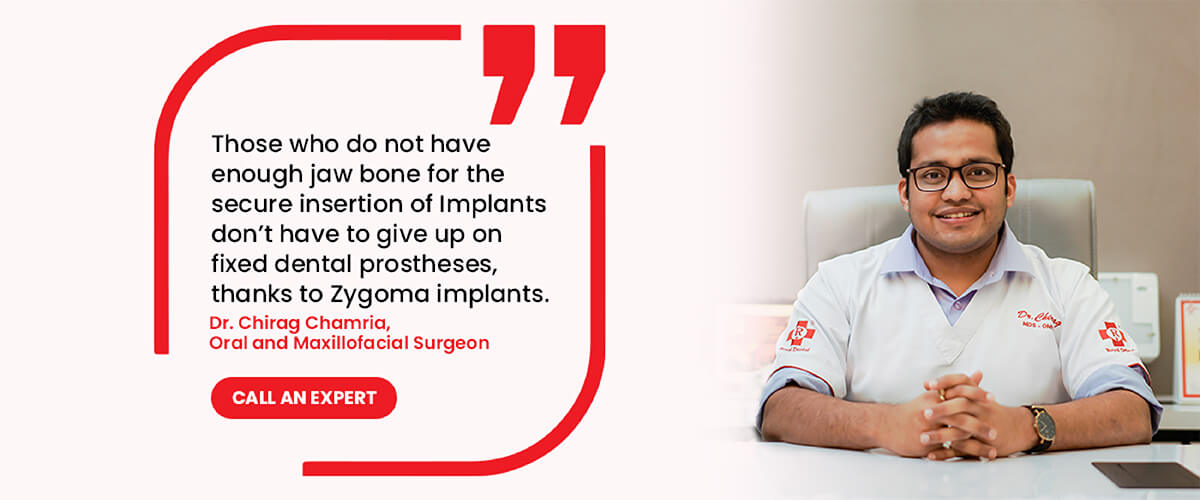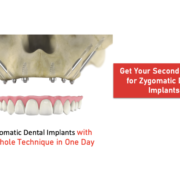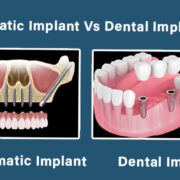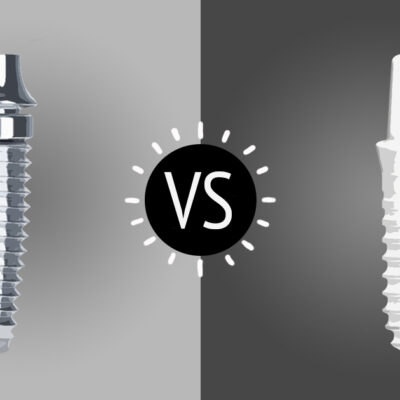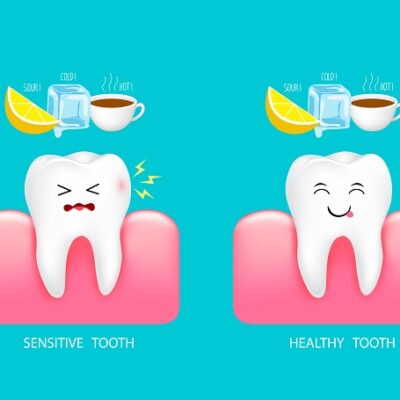The maxilla is the upper region of the facial skeleton that houses the nasal cavity and bones that support the eyes, nose, and cheekbones. When the maxilla loses volume due to trauma or infection, it is called atrophic maxilla. It is an extremely challenging issue for plastic surgery and often results in visible deformities such as sunken cheeks, underdeveloped cheekbones, and a narrow jawline. Zygomatic dental implants are a cost-effective way to correct atrophic maxilla and give your face back its volume and contour. In this article we will explain what zygomatic implants are, their different types, indications for use, surgical methods, postoperative care, complications, and much more!
What are Zygomatic Dental Implants?
Zygomatic implants are a type of facial implants that are used to correct atrophic maxilla and augment the cheekbone region. These implants can be made of a variety of materials and are available in different sizes. Zygomatic implants are usually inserted above the cheek arch. They are a functional and aesthetic solution for a wide variety of maxillofacial issues.
Zygomatic implants are designed to mimic the natural shape and contour of the cheekbones. While the shape of the implants can vary depending on the condition of the patient, there are two main types of zygomatic implants:

Fixed: This type of implant is permanently set at a particular angle and position. It cannot be repositioned once it has been inserted.
Resorb-able: This type of implant is made with a material that is slowly resorbed by the body over time. After it has been completely resorbed, its effects are completely gone.
What is the cause of Atrophic Maxilla?
The maxilla can lose volume for a number of reasons, such as a congenital defect, bone loss due to infection, or trauma resulting from an accident. Maxillofacial deformities often result from injury to the nasal cavity, sinuses, or teeth. They can also be caused by certain infections or tumors. For example, people with cystic fibrosis are at an increased risk of developing maxillary atrophic deformities due to the chronic bacterial infections. These deformities can be corrected with surgery, but the best results are obtained when the procedure is performed as early as possible. Zygomatic implants can correct several maxillofacial deformities, including sunken cheeks, underdeveloped cheekbones, a narrow jawline, and a receded mandible. They can also be used in people who have had facial trauma, have lost volume due to aging, or have a congenital defect.
Types of Zygomatic Dental Implants
Fixed Zygomatic Implants: This type of implant is permanently set at a particular angle and position. It cannot be repositioned once it has been inserted.
Resorbable Zygomatic Implants: This type of implant is made with a material that is slowly resorbed by the body over time. After it has been completely resorbed, its effects are completely gone.
Implant Positioning: Some zygomatic implants can be repositioned after insertion. This is ideal for patients who are unsure about the exact location of the implant or want to refine the position after it has been inserted.

When to use Zygomatic Dental Implants
Zygomatic implants are a great way to correct atrophic maxilla and augment the cheekbones. They are ideal for patients who have congenital defects, a history of bone loss, or complications from a maxillofacial injury. They can also be used to correct facial aging changes and provide cosmetic enhancement. Zygomatic implants can be used to correct several maxillofacial deformities, including sunken cheeks, underdeveloped cheekbones, a narrow jawline, and a receded mandible. They can also be used in people who have had facial trauma, have lost volume due to aging, or have a congenital defect.
Surgical Procedure for Zygomatic Implants
The type of surgery used depends on the type of implant that is used. For fixed implants: The incision is made behind the ears and along the hairline. The temporalis muscle is gently lifted away from the skull and the implant is placed above the zygomatic arch. The implant is fixed in place using screws or other mechanical devices. The implant is then covered with the temporalis muscle, which is sutured to the skull. For resorbable implants: The incision is made behind the ears and along the hairline. The temporalis muscle is gently lifted away from the skull and the implant is placed above the zygomatic arch. The implant is fixed in place using wires or other mechanical devices. The implant is then covered with the temporalis muscle, which is sutured to the skull.
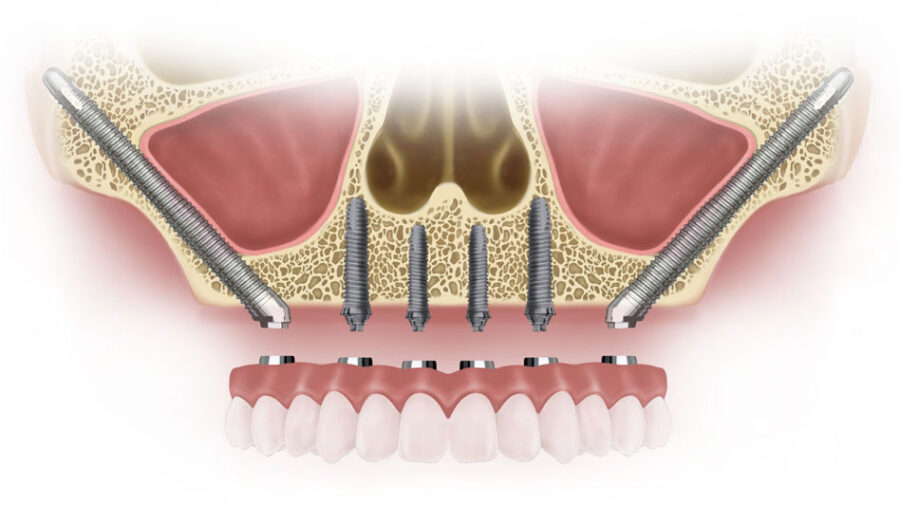
Conclusion
Zygomatic dental implants are a great way to correct atrophic maxilla and augment the cheekbones. They can also be used to correct facial aging changes and provide cosmetic enhancement. These implants can correct several maxillofacial deformities, including sunken cheeks, underdeveloped cheekbones, a narrow jawline, and a receded mandible. They can also be used in people who have had facial trauma, have lost volume due to aging, or have a congenital defect.
Follow Us For More Updates
